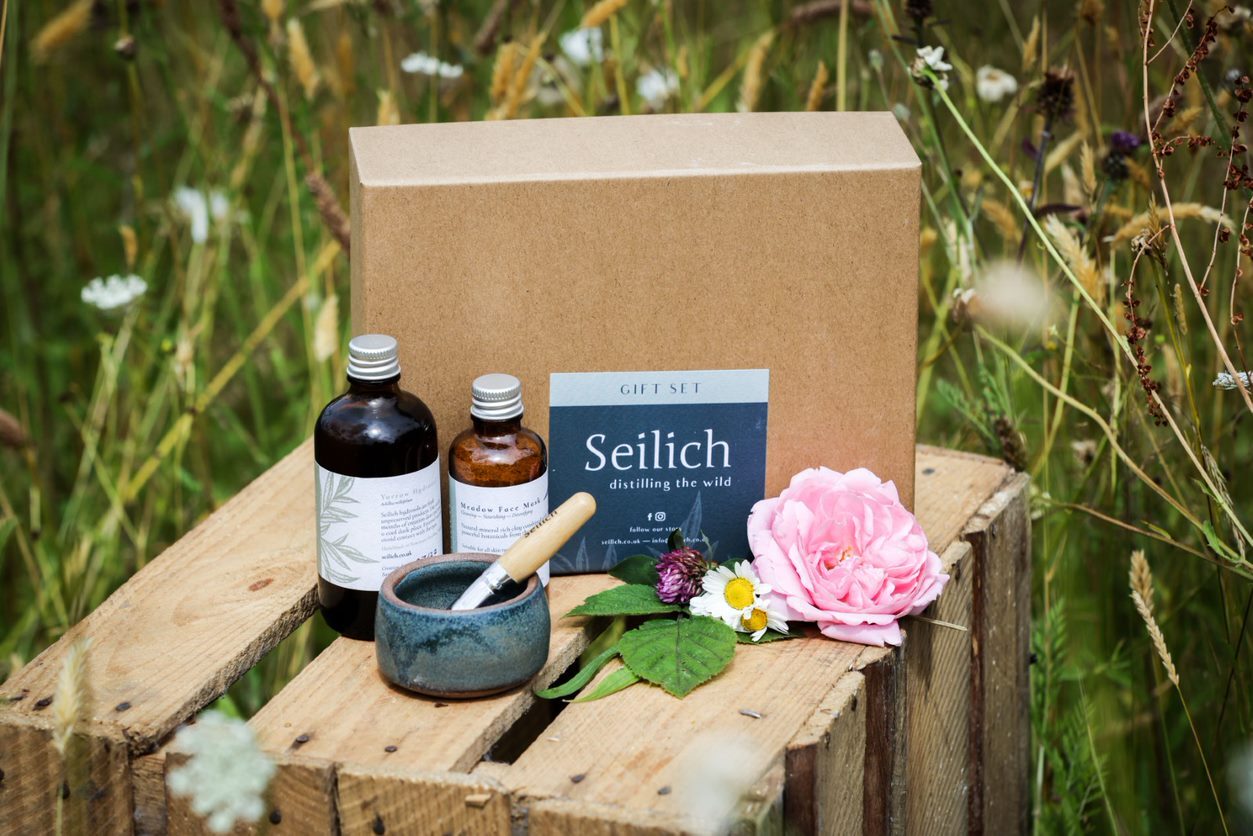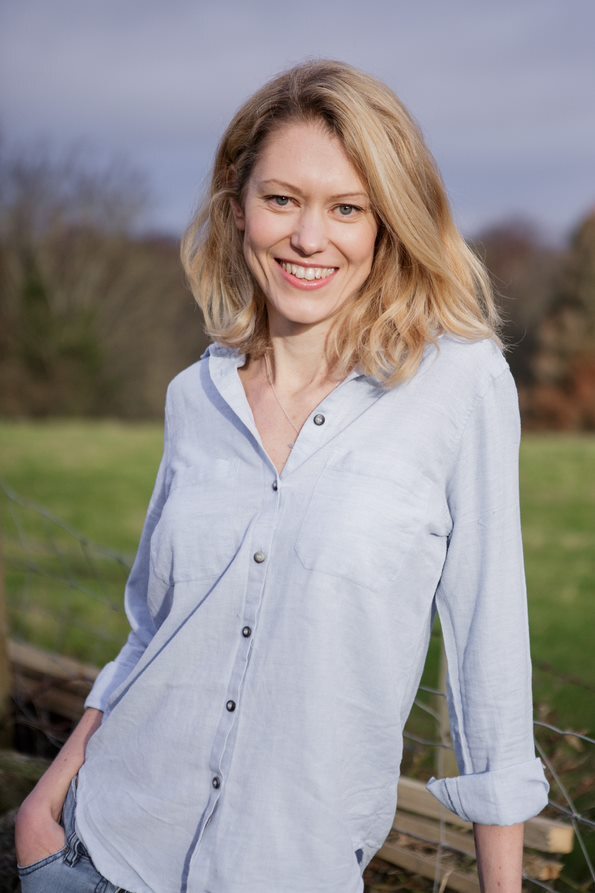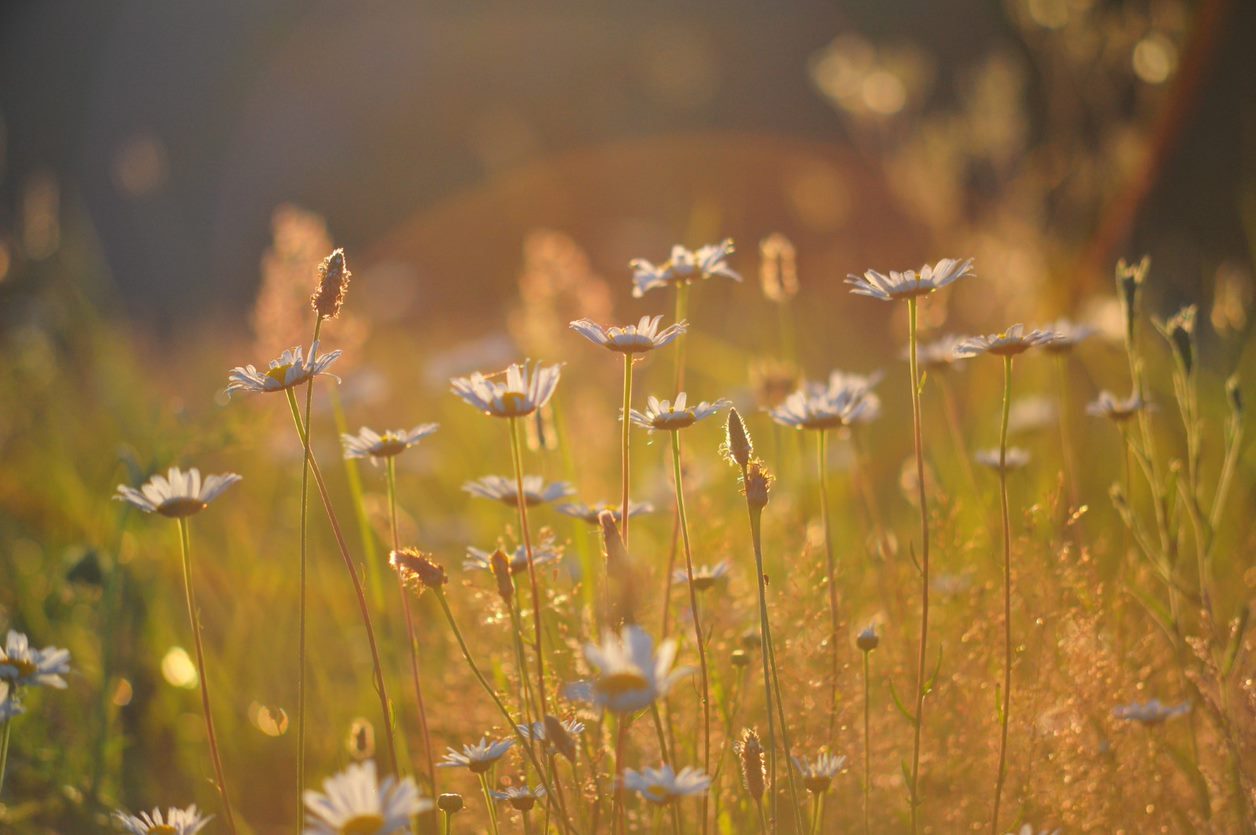My 9-5: Seilich
The founder of East Lothian-based skincare company Seilich, Sally Gouldstone, shares her daily life and career path.

Where do you call home?
I live in Pencaitland in East Lothian. I previously rented in Edinburgh and bought a cottage here with a garden. We weren’t sure what we were moving into, but the community here is brilliant and the area has beautiful walks. Everyone thinks about the coast in East Lothian and fewer people want to live inland so there is less pressure on housing stock.
My day starts with…
My alarm goes off when my four-year-old wakes up between 5-7am. I like to do yoga, make porridge for breakfast and walk my child to the school nursery. I try not to take my phone with me and get my head in order before going back home at 9.15am. The workshop is in Rosemains Steading farm.
My main responsibilities are…
I have gone from working in a big organisation where I just had to do my research and the rest was taken care of, and now I’m doing it all. I plant seeds, harvest them, make skincare products and do all the paperwork. I am always working but you can do it around a family.
A typical working day usually involves…
In spring we plan what we will make for that year. In summer the harvests will come in and in autumn we make the botanical extracts. In winter we make batches of products. When we are working with retailers we need a long timeframe – we need to know a year in advance as we grow the plants to order but a lot of retailers like that. The fresh ingredients we use make the business unique.
People have been more interested in supporting local businesses after lockdown where many people told us they started searching for local companies to support. I felt so grateful for that.

I got my job…
Before Seilich I was mostly working at the Royal Botanic Garden Edinburgh as a nature conservation scientist. When I had a baby it was a chance to step away from that. In the research sector you are always trying to find funding for work. When I was on maternity leave I realised other mums care about nature and the environment and using their consumer power to choose natural products. The first thing I did was create a wildflower meadow. I harvested a few of them, made products from them and sold them.
The best part of my job is…
I love all of it but my favourite part is seeing the meadows we create. We use our profits to increase the amount of wildflower meadows and it’s great seeing the flowers come off and the wildlife move in. It allows me to fund conservation work in a new way.
My most memorable career moment is…
At the beginning of this year we ran a crowdfunding campaign to create the largest meadow of its type in the area. We got so much support and exceeded the amount so we could create an even bigger meadow than we hoped to.
We are the only company in the UK to have a Wildlife Friendly Certification which makes me very proud and I think it shows our absolute commitment to nature.
The beauty industry has got on board with what we are doing too – we are really being recognised and supported. Consumers want products that are good for the earth. I think for a long time natural products didn’t have a lot of active ingredients – companies found a compound in nature and made and made an artificial version of it. People now pay more attention to where the ingredients in natural products come from.

After work I…
Go outside walking in East Lothian. The inland areas have beautiful woodlands that are really quiet. There are also lovely walks on the Winton Estate.
If I wasn’t the founder of Seilich, I’d have been…
Even if I wasn’t running my own business, I think about conservation all the time and would be doing a job related to that.
What’s the best piece of career advice you’ve been given?
You have to feed the beast, the business being the beast, you have to invest in it and take risks. Don't be frightened to do that as it’s a normal part of running a business.
You can find out more information about Seilich at seilich.co.uk or @seilich_botanicals on Instagram.
ESPC magazine
This article appeared in the December 2022 issue of the ESPC magazine. Find out more about the ESPC magazine and read the latest issue online.